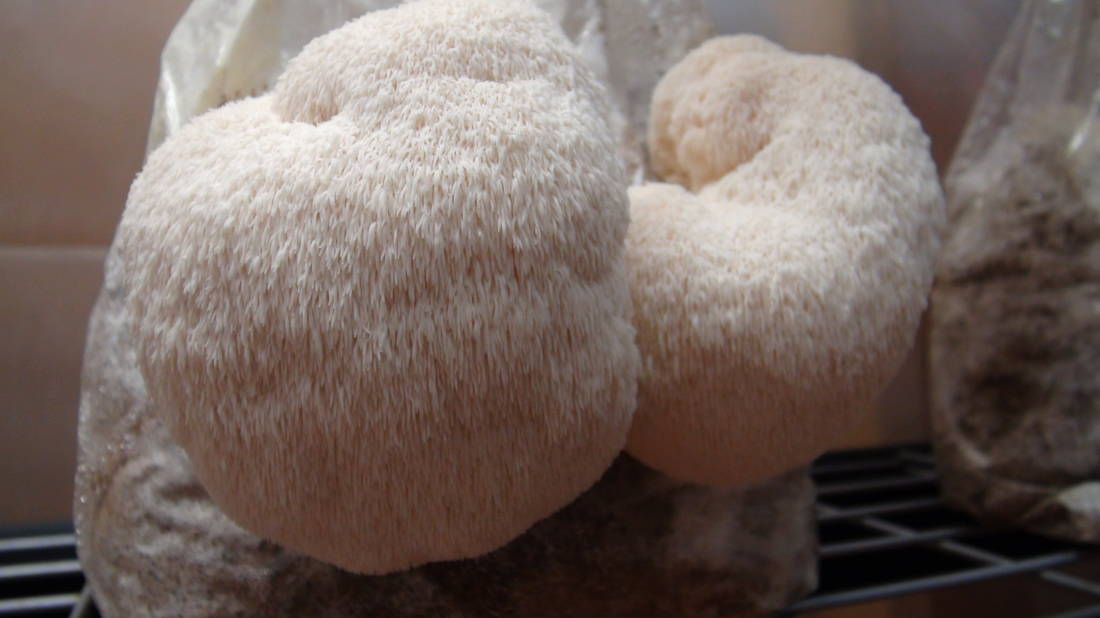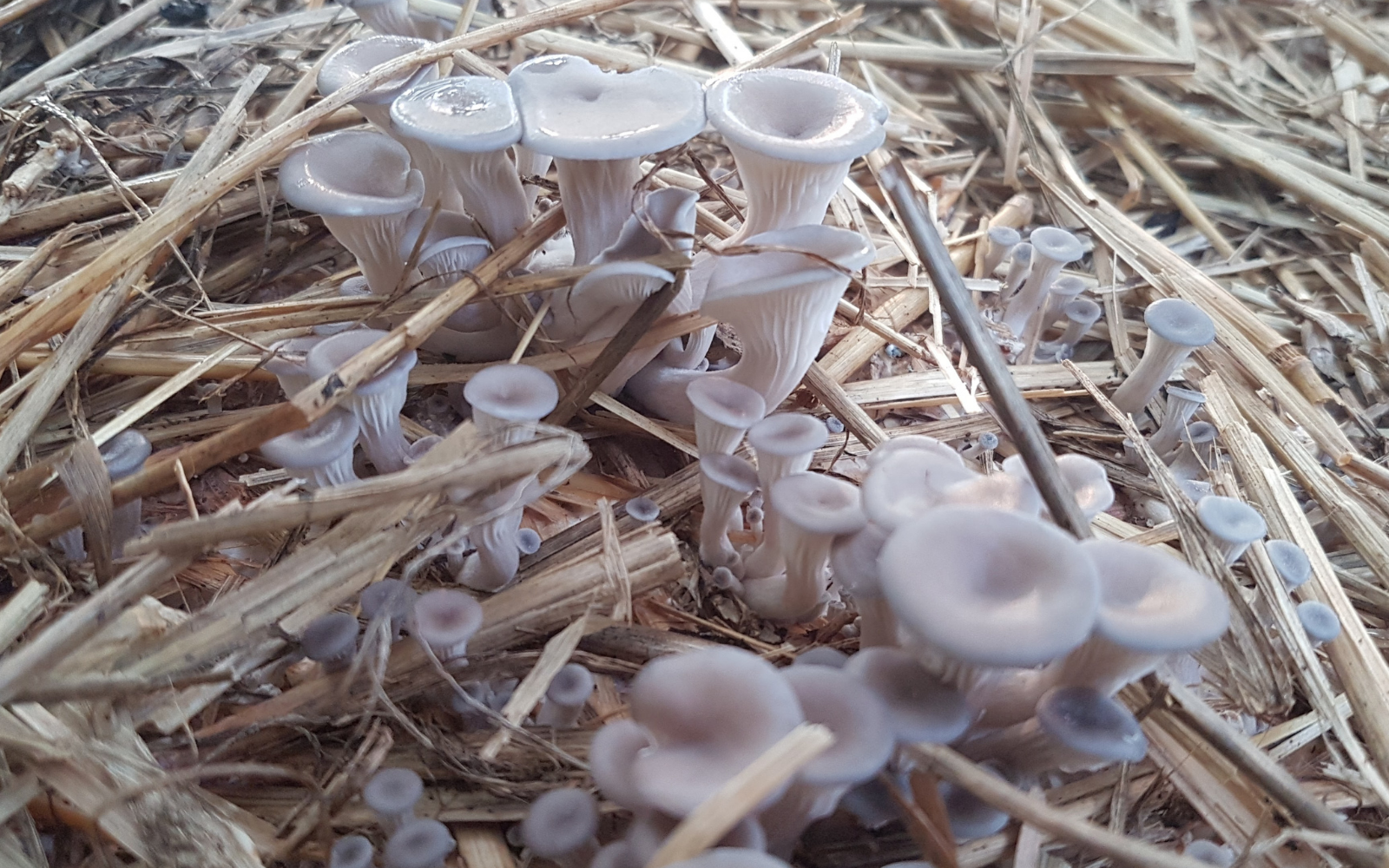
Species Description
Scientific Name: Hericium erinaceus Lions Mane Mushroom grows in large snowball like formations. The mushroom is white, sometimes browning if the spines are damaged or with age. Individual mushrooms can be quite large, sometimes weighing over 1 lb. The spines or "teeth" start out quite small, but elongate with age. The mushroom is spongy and sometimes semi-hollow. It is sensitive to direct spraying when growing, bruising easily.



The Specifics
How To Grow Lion’s Mane Mushroom
The process for growing Lion’s Mane is quite similar to growing any other type of gourmet mushroom- although there are some slight differences to watch out for. Depending on where you are at in your mushroom growing journey, you’ll want to a suitable approach to growing at home. By far the easiest way to grow Lion’s Mane at home it is to start with a kit. This is the best option for people who are new to the hobby. Looking for a more authentic experience for DIY Lion’s Mane at home? If so, you could start from commercially made spawn. This requires a few more tools and a little more experience, but you’ll get substantially better results. Even better- if you really want to go down the rabbit hole, you can even make your very own spawn starting from a pure culture on agar.
Lion’s Mane Grow Kit
Mushroom growing kits are a great option for folks who are new to the hobby, or do not want to get too deep into into the art of growing mushrooms. They are basically just a fully colonized mushroom fruiting blocks. If you have a kit, most of the hard work has already been done for you. You can buy these kits from various places online, or perhaps even at your local farmers market. I have even seen kit at the grocery store, although never for Lion’s Mane. Once you have the block, all you need to do is to put it in a relatively humid environment and cut some “x’s” into the side of the bag. Put the block on it’s side on a plate, so that the mushrooms will fruit out the top. For humidity, place a sheet of perforated plastic over the block, making sure there is lots of free space between the block and the plastic. Lion’s Mane fruits will naturally start to form through the holes in the bag. Mist inside the bag with a spray bottle a few times a day, and make sure to fan in lots of fresh air. To make this even better, build a small shotgun fruiting chamber. You are likely to get 2 or 3 flushes with a kit, and depending on where you live, might not require any special environment whatsoever. Lion’s mane will even grow pretty well in sub-par conditions, so unless you are looking for spectacular results, you don’t need to be overly concerned about the block’s environment. I have even had Lion’s Mane blocks fruit heavily after placing them in the garage (humidity around 65% RH) and simply forgetting about them. The fruits themselves were large, with small spines, and lasted over a week in the fridge without looking any worse for wear. Talk about care-free growing!

